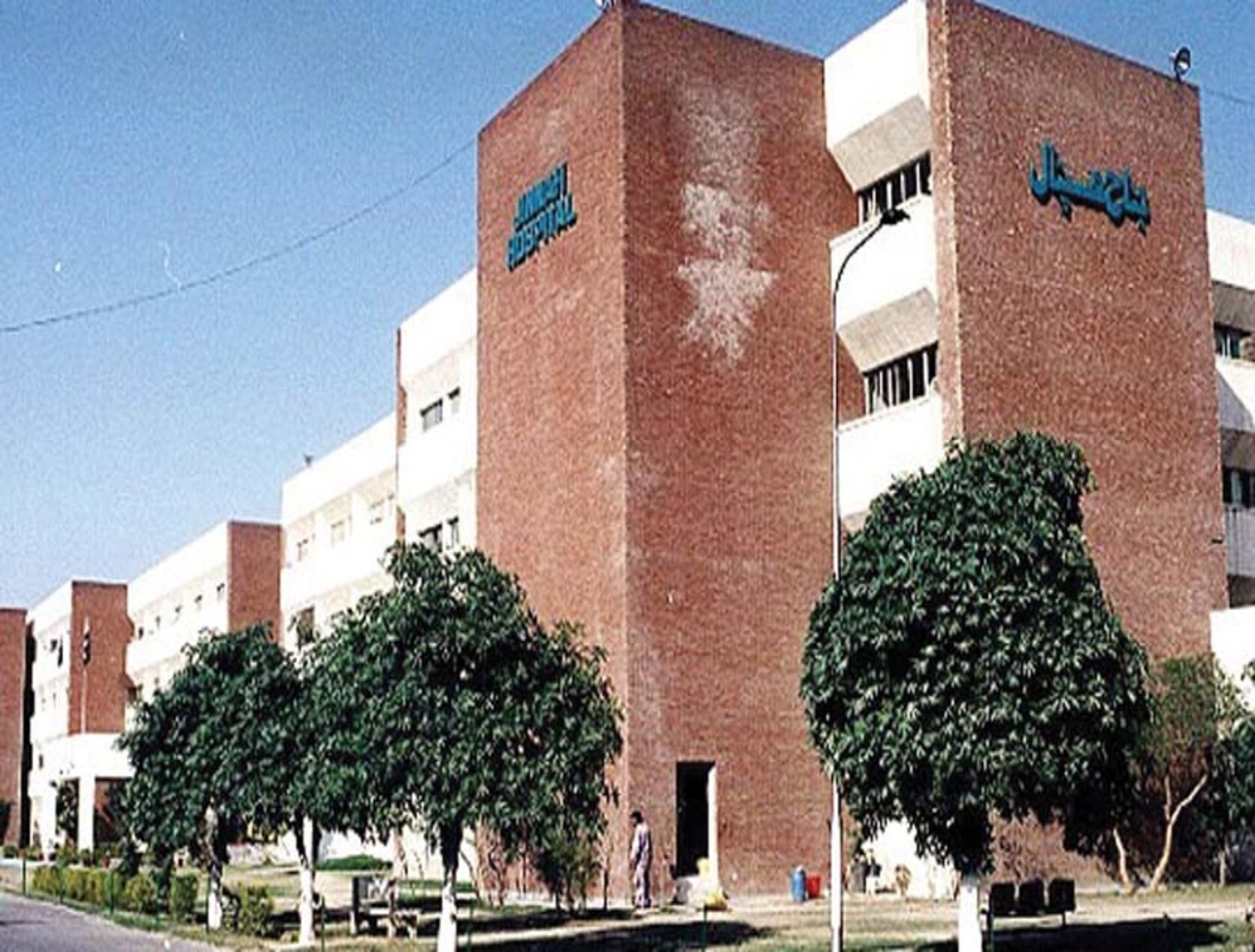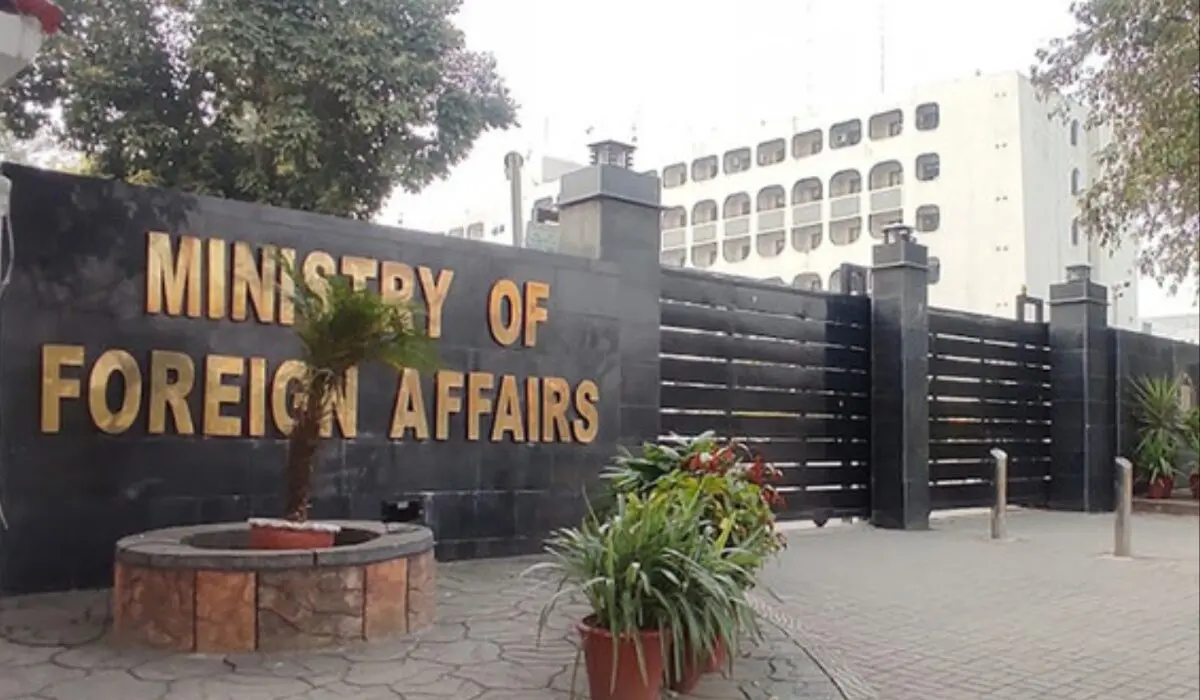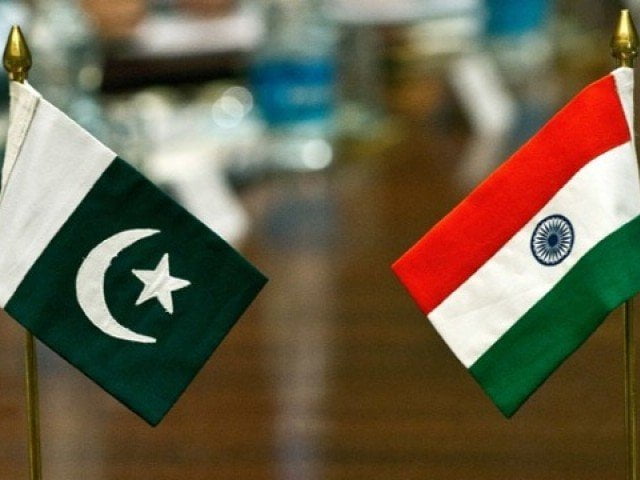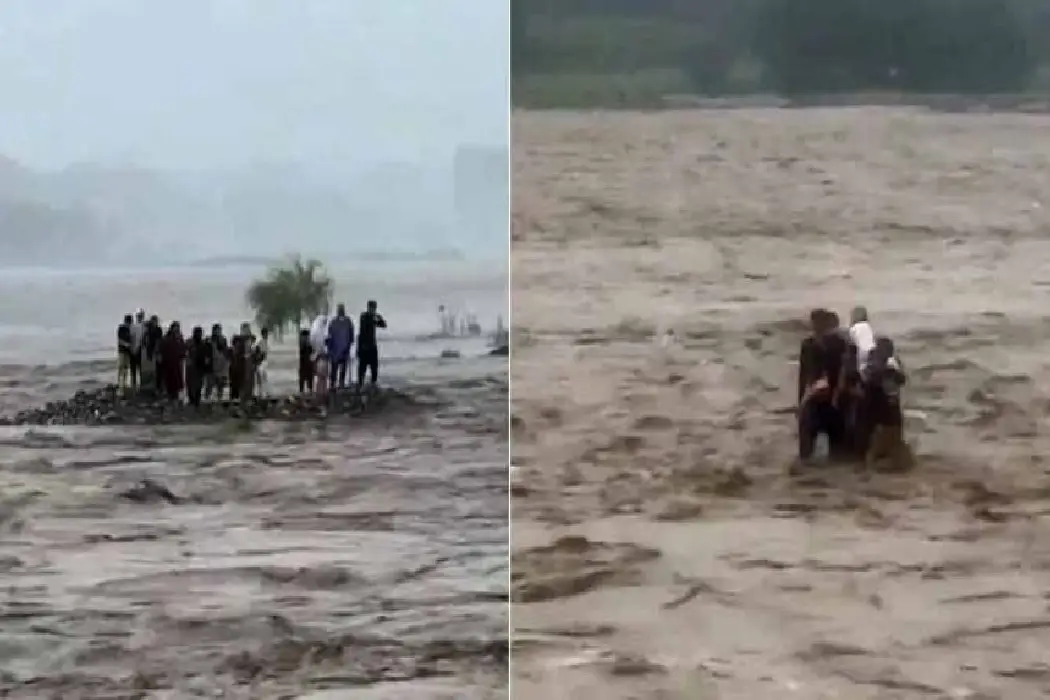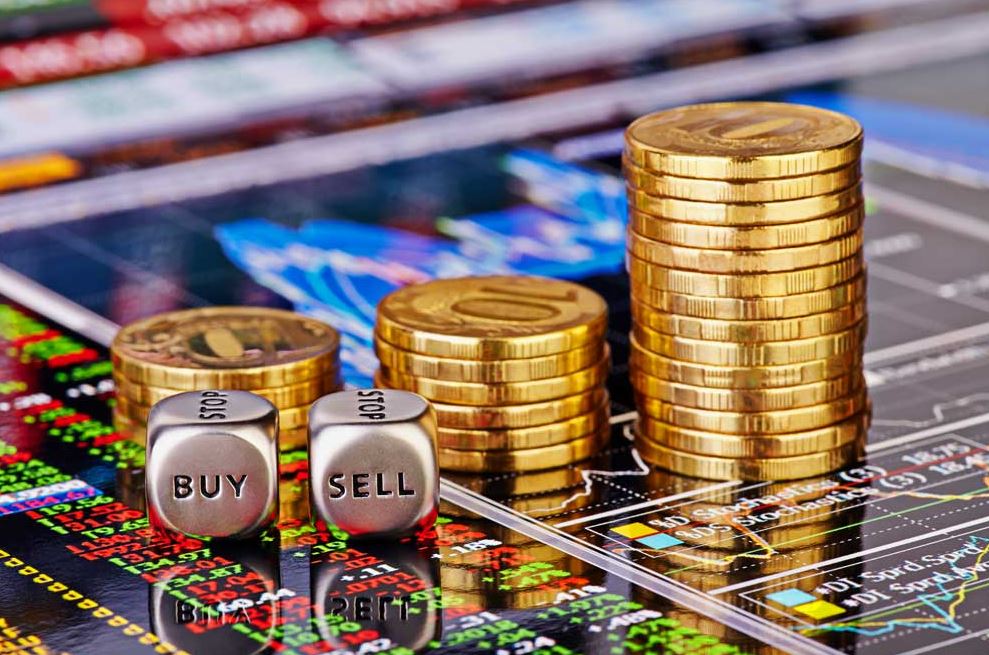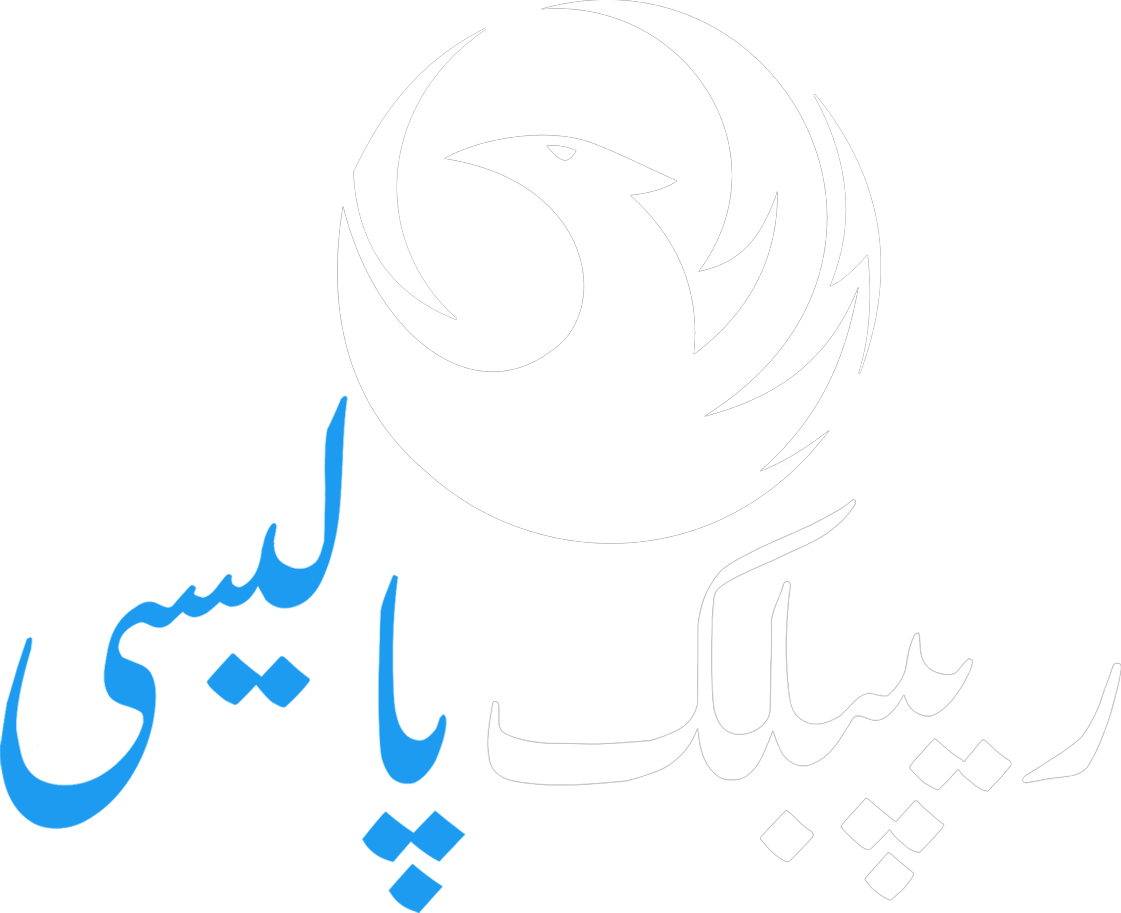By: Fakhra Sikander– Impact of Economic Crises on Pakistan
Pakistan is going through its worst economic crisis in decades, and inflation has been at its highest since 1975. This is not a new phenomenon for the country, which has seen 25 financial problems since its formation in 1947. In other wealthy countries, problems are often caused by bad private investments or bad fiscal and monetary policies. In Pakistan, on the other hand, elite rulers often cause high growth, which leads to crises. This growth, however, is usually not sustainable because it is driven by increased money supply growth and external and fiscal deficits rather than investment and productivity.
As a result, the country’s growth is often fake and rigged by rulers who avoid reforms, leading to high inflation, low foreign reserves, and a need for IMF loans. The IMF loans, in turn, require depreciation, high-interest rates, and cuts in external and fiscal deficits, causing a significant drop in growth the following year. Unfortunately, the new government is often unfairly blamed for these problems, even though the old government left them.
Comparing each regime’s crisis, it can be seen that the PTI government was responsible for the worst situation, followed by the Musharraf regime. The PML-N government, on the other hand, contributed to the mildest crisis in 2018. The PTI government inherited the mildest situation from the PML-N but, unfortunately, gave back the worst one. The problem is measured based on GDP growth, inflation, interest rate, fiscal and external deficits, a fall in foreign reserves and rupee values, and the imports-reserves ratio.
Both the PML-N and PTI have claimed 6% growth in 2018 and 2022, but this growth was of poor quality, driven by high money supply and twin deficits rather than investment, exports, and industry. The PTI’s growth was even more problematic, as its ratios of investment, exports, industry, tax revenues, and twin deficits to GDP, inflation rate, money supply growth, rupee value, and foreign reserves were generally worse.
The replacement of Hafeez Shaikh with Shaukat Tarin by Imran Khan led to a growth crisis, as the near 6% growth was due to high money supply growth and twin deficits. This resulted in a nearly 50% decrease in official foreign reserves and a 7% decrease in the value of the rupee between September 2021 and April 2022. The State Bank’s actions, along with the PML-N’s inertia, Ishaq Dar’s mistakes, and the Ukraine crisis and floods, only worsened the situation. These frequent crises stem from a low-end economy that cannot compete globally in exports and is plagued by tax evasion by low-end producers, leading to low tax and export revenues and significant state defence expenses and other outlays, resulting in substantial twin deficits.
In times of such crisis, IMF loans are often the only option for struggling states, but these loans come with demands to cut the twin deficits and money supply, which can harm the poor. IMF policies, such as austerity measures, can be controversial due to their harshness and can harm long-term growth rather than ensure it. The IMF’s role as the gatekeeper of all money flows to poor states during crises while imposing reforms is not a practical solution. A better system is necessary.
A proactive gatekeeper system must be established regularly to end the frequent economic crises that harm the poor. This system should be built on a combination of multilateral and commercial loans, investment from wealthy Gulf states and China, debt forgiveness, and aid from rich countries responsible for climate change. In return, developing countries’ leaders must implement reforms to eliminate the twin deficits and drive sustainable, pro-poor growth. With non-austere terms, IMF loans can then support these countries in adopting counter-cyclical growth policies and protecting the poor during economic crises, as was the practice before 1980. However, achieving sustainable growth in these countries will also require significant changes in the global economy, as rich countries currently exploit the poor through all economic flows, such as investment, aid, trade, labor, ecology, and technology.
Read More: In a state of division and turmoil.






